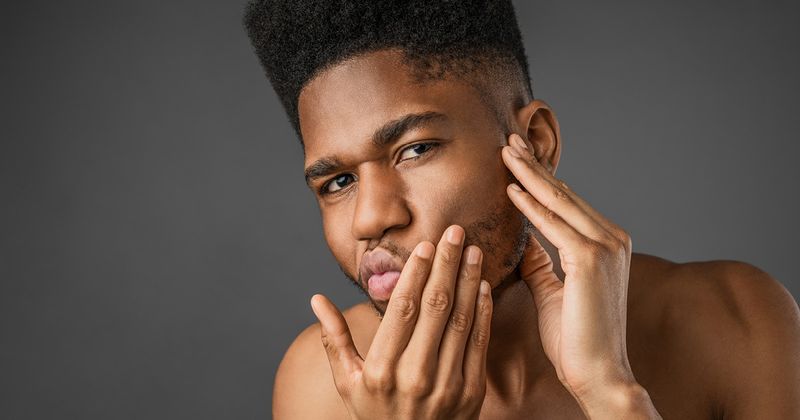Post-acne scarring should be treated as primary skin condition
Key takeaways:
- Hope is a key differentiator between patients with acne and patients with scarring.
- Cognitive behavior therapy with photothermolysis treatment could benefit patients with post-acne scarring.
Post-acne scarring should be treated as a distinct condition from acne vulgaris and deserves a comprehensive and unique clinical approach, according to a study.
Permanent acne scarring occurs in 95% of individuals with acne, which the authors of this study point out has no universal solution. Since these scars are often found on highly visible parts of the body such as the face and back, patients may endure long-term self-esteem issues.

“Recognizing the impact acne scars pose to both physical appearance and psychological well-being is of paramount importance in the field of dermatology,” Crystal Zhou, a medical assistant at the Scar Healing Institute, and colleagues wrote.
After analyzing 39 articles about the effects of acne scarring on patients’ well-being, researchers found many recurrent themes that suggest post-acne scarring should be treated as a primary skin condition.
Studies show that patients with acne and acne scarring exhibit symptoms of depression, anxiety and suicide; however, the key difference between patients with active acne and those with acne scars is the expression of hope, according to the study. Patients with acne expressed hope that their acne would clear, the researchers wrote, whereas those with acne scars expressed hopelessness and an unwillingness to accept their condition.
Unfortunately, the literature is very scant with treatment options for acne scarring. However, there are a few recommendations that the authors made.
Firstly, how a patient handles active acne during adolescence and young adulthood is the No. 1 indicator for psychosocial stressors that carry into post-acne scarring. This is because adolescence is a critical time for brain and social identity development.
If patients foster unhealthy coping mechanisms to handle their acne while they have active acne vulgaris, they are much more likely to utilize the same coping mechanisms if they have post-acne scarring, the authors wrote.
According to the study, the best way to address these coping mechanisms is to implement treatment for acne as soon as possible.
“Early effective intervention for active acne is the single best method to prevent acne scar formation, while also mitigating psychological stressors associated with active acne,” Zhou and colleagues wrote.
However, risks for psychological disturbances are associated with certain treatments, namely isotretinoin.
“It is unfortunate that the cure for acne may come at the risk of increased scarring, which contributes to sentiments of hopelessness and medical disillusionment,” the authors added.
The authors propose that a more holistic approach to acne-scar treatment may be necessary including a regiment of cognitive behavior-oriented psychological interventions with photothermolysis treatment, which was found to significantly decrease depression levels in patients with facial acne scarring in a study.
Ultimately, the authors believe that acne-scar treatment should be considered “a primary skin condition and not simply one of many sequelae of acne vulgaris.”
Further research in this area could help develop better treatment options for this underrepresented population, according to the authors.
